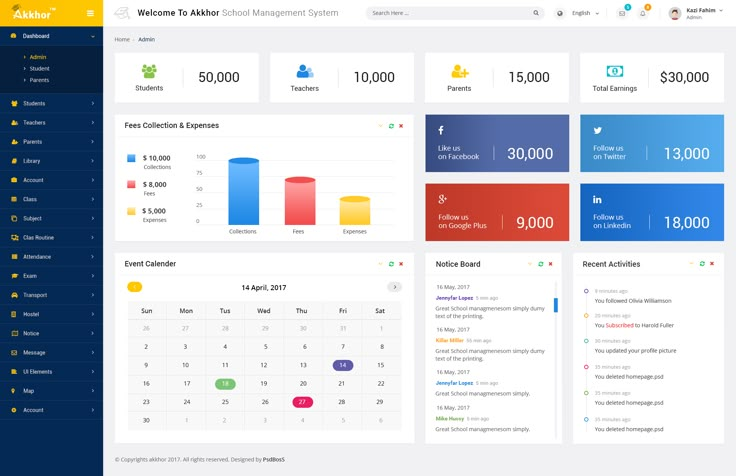
Revenue Cycle Management (RCM) is an essential financial process within healthcare, significantly impacting an organization’s overall success and sustainability. Effective RCM encompasses multiple interconnected steps, each critical for ensuring accuracy, compliance, and profitability. This post explores the comprehensive 13 steps of revenue cycle management, highlighting why healthcare institutions rely heavily on organized and effective processes like medical coding and billing services.
1. Patient Registration
The revenue cycle begins with patient registration. Accurate collection of demographic data, insurance details, and medical history ensures proper billing and payment processes downstream.
2. Insurance Verification
Next, healthcare providers confirm the patient’s insurance coverage. Proper verification avoids payment delays, denials, and unnecessary follow-ups later in the cycle.
3. Pre-Authorization
Obtaining necessary authorizations from insurance providers beforehand is crucial. This step prevents payment disputes and reduces denials for treatments requiring prior approval.
4. Charge Capture
During medical encounters, all services provided are accurately documented to avoid lost revenue. Effective charge capture ensures every service is billed appropriately, maximizing reimbursements.
5. Medical Coding
The cornerstone of effective RCM is precise medical coding. Utilizing professional medical coding and billing services guarantees accurate translation of healthcare procedures and diagnoses into standardized codes, essential for claim processing.
6. Claim Submission
Timely and accurate submission of claims to insurance companies is critical. Efficient claim submission minimizes delays and improves cash flow significantly.
7. Claims Management
This step involves proactively managing submitted claims, tracking their status, and ensuring that claims are processed promptly. Immediate handling of rejected claims helps avoid significant financial setbacks.
8. Payment Posting
Accurately posting payments received from insurers and patients helps maintain financial clarity. Precise payment posting simplifies revenue reconciliation, providing clear visibility into revenue streams.
9. Denial Management
Identifying and managing claim denials promptly is essential. Effective denial management includes analyzing denial reasons, correcting errors, and resubmitting claims quickly to protect revenue streams.
10. Patient Billing
Following insurance reimbursements, outstanding balances are billed directly to patients. Transparent and timely patient billing enhances patient satisfaction and maintains a healthy revenue cycle.
11. Collections Management
When patient payments become overdue, a structured collections process is vital. Respectful and efficient management of collections preserves patient relationships while securing owed revenues.
12. Revenue Cycle Reporting and Analysis
Regular reporting and analysis of the revenue cycle’s performance help identify inefficiencies and opportunities for improvement. Insights gained through data analysis guide strategic decisions and optimize financial processes.
13. Continuous Improvement and Change Management
Lastly, ongoing improvement through change management services ensures the revenue cycle remains agile and responsive. Regularly adapting processes based on insights and new technologies ensures sustained effectiveness.
The Significance of Structured RCM
A structured revenue cycle helps healthcare organizations maximize revenue, minimize claim denials, improve cash flow, and maintain compliance. Utilizing specialized services, including BPO services for healthcare, significantly enhances efficiency and reduces operational stress.
Common Challenges and Solutions in Revenue Cycle Management
Despite meticulous planning, revenue cycle management faces multiple challenges, including coding errors, claim denials, payment delays, and evolving regulatory compliance requirements. Outsourcing complex tasks such as medical coding and billing services helps healthcare providers overcome these hurdles efficiently.
The Impact of Technology on RCM
Technological advancements significantly impact revenue cycle management. Automation, artificial intelligence, and integrated RCM software solutions streamline operations, reduce human errors, and enhance financial outcomes. Leveraging these technologies ensures healthcare institutions remain competitive and financially robust.
Selecting the Right Revenue Cycle Management Partner
Partnering with a reliable and experienced service provider is crucial. Healthcare organizations should consider expertise, industry-specific experience, technology capabilities, and proven track records when selecting their RCM partners. The right partner simplifies complex revenue processes, enhances accuracy, and boosts profitability.
Conclusion: Achieving Excellence with Effective RCM
Implementing and managing the 13 steps of revenue cycle management proficiently is fundamental for healthcare institutions aiming to sustain financial health and growth. By streamlining these critical processes and strategically leveraging outsourcing and technology, healthcare organizations enhance revenue streams, optimize efficiency, and secure long-term success.
FAQs
What is Revenue Cycle Management?
Revenue Cycle Management (RCM) is a structured financial process in healthcare involving managing the entire cycle from patient registration and claim submission to payment collection and reporting to ensure financial sustainability.
Why is medical coding critical in RCM?
Medical coding accurately translates healthcare services and procedures into standardized codes required by insurers, directly affecting reimbursement accuracy, claim processing efficiency, and revenue integrity.
How does outsourcing benefit revenue cycle management?
Outsourcing specialized tasks like medical coding and billing services significantly improves accuracy, reduces claim denials, minimizes payment delays, and enhances overall efficiency within the revenue cycle.
What are common causes of claim denials?
Common causes of claim denials include inaccurate patient information, coding errors, lack of pre-authorization, incomplete documentation, and non-compliance with insurance requirements.
How can technology enhance RCM efficiency?
Technological advancements such as automation, artificial intelligence, and integrated software systems reduce errors, accelerate processes, provide insightful data analysis, and significantly enhance overall efficiency and revenue outcomes.




